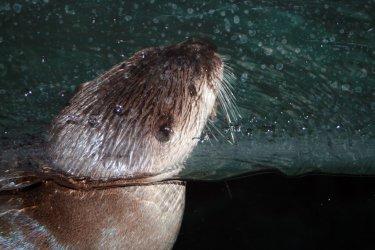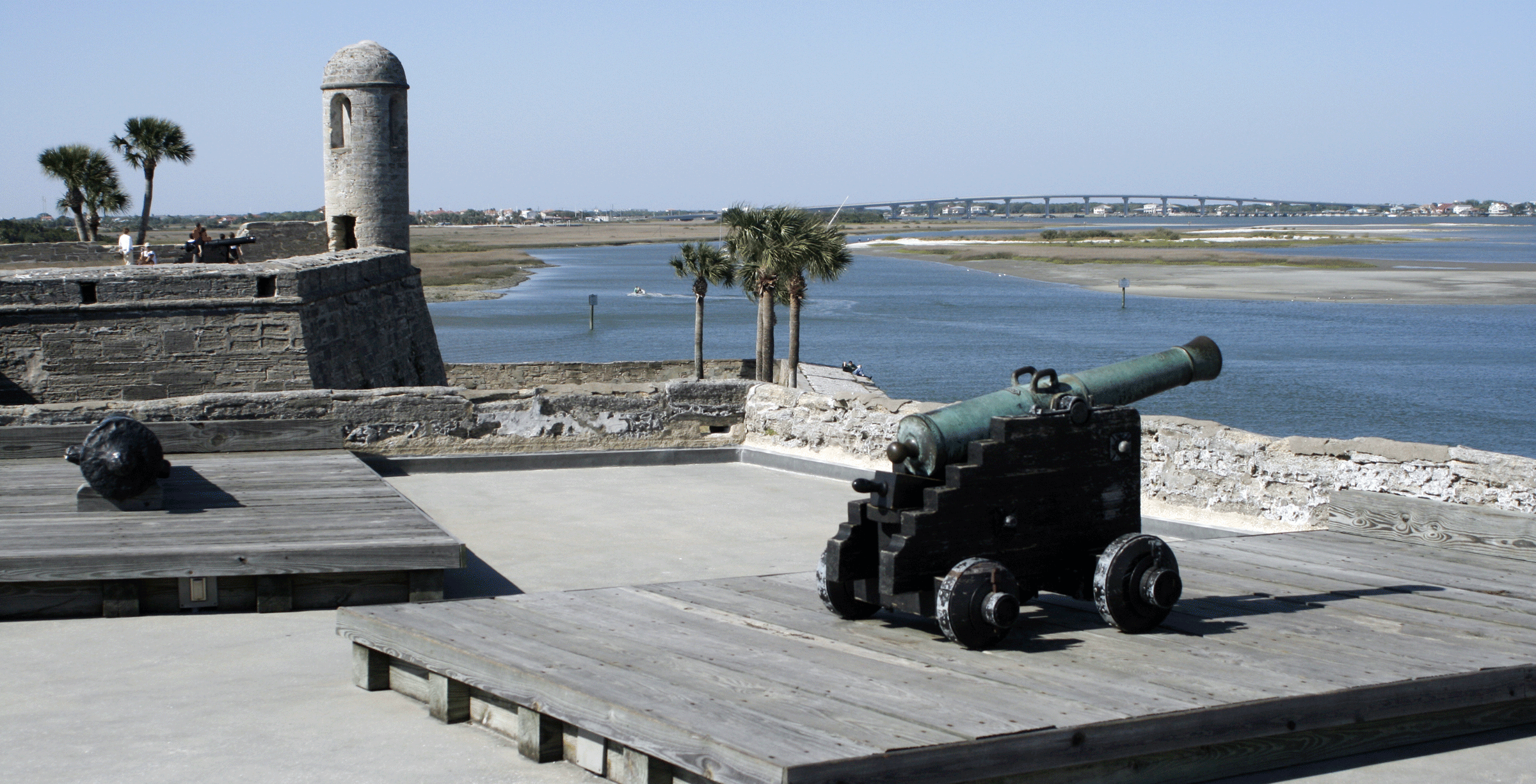Chocowinity
Turns out there's a controversy over the meaning of this town's name.
 An otter at the Pine Knoll Shores Aquarium--or as the Tuscarora would say, a "Chauk-kauene." |
Today I thought we might
stretch out legs a little beyond New Bern. Get on to 17 North and pass through
little Bridgeton-Soon-To-Be-A-Megalopolis and head toward Little Washington.
Don’t actually get there, though. Stop at Chocowinity, just south of the Pamlico
River, a traditional North Carolina village of around 750 souls. Originally it
was known as Godley’s Crossroads, but some Revolutionary War patriot must have
gotten mad at Mr. Godley, because around that time it was changed to
“Chocawanteth,” after a local creek.
Over the years, both the town and
the creek evolved to the name “Chocowinity” (people may have gotten tired of
sounding like they had a lisp) Sometime after the Civil War a move was afoot to
rename the place again—to Belvue. The Rev. N. C. C. Hughes, according to the
town’s |
website, was too fond of the unique name (and, who knows? Maybe he didn’t want to be associated with the famous asylum—or maybe he looked out the window and could vue any bells anywhere) and convinced everyone to keep the old moniker.
The town was briefly known as
Marsden during the early 1900s, when telegraph operators with the local
railroad found it too awkward to spell “Chocowinity” in dots and dashes. It was
a fad and the railroad surrendered to tradition in 1970, by which time the
telegraph had pretty much gone the way of the 8-Track.
So, what does “Chocowinity” mean?
Hundreds of years back the Tuscarora lived in this land, and so it makes sense
to assume the name is a Tuscarora word. But since the Tuscarora had no
publishing house, they had no dictionary: for years the word remained a
mystery.
Then, in 1928, Mr. Hughes met a
South Carolinian Indian who assured him that the word meant “Fish from Many
Waters.” If this is so, the Tuscarora must have been obsessive about their
fish, for the original name of New Bern (“Chatooka” is one spelling) means
“Where the Fish are Drawn Out.” Anyway, this has been the accepted story for
years, and the town’s website confirms it.
But wait: There’s a controversy!
One Sara Whitford, writing for the Coastal Carolina Indian Center, suggests that the old Indian was pulling Mr. Hughes’ leg: through her own rather impressive research and verification through Tuscarora language specialist Dr. Rudes Blair, she has traced the word back to a spelling list made by explorer John Lawson: it turns out the word “Chocowinity” may well be an English corruption of the Tuscarora word for “Little Otter.”
It gets a little complicated. The actual word is "Chauk-kauene," which at first glance sounds like an up and coming rapper. "Chock-kye-yune"? "Chock-cow-any"? Indian languages are tough for us Europeans to get our mouths around, but apparently the actual pronunciation, Ms. Whitford suggests, is "'Chah-kah-weh-ned' but with a little stop at the end of the final '-neh,' almost like a soft 't.' Comes very close to that original, post-Revolution "Chocawanteth," doesn't it?
So while you're having a bite at Woogie's in Chocowinity next time, order the fish but think of the otter.
Which is a good thing. We already
have the fish name down here. And otters are cuter, anyway.
This column first appeared in the New Bern Sun-Journal March 23, 2009.
Spanish pirates come to Beaufort As if Blackbeard hadn't been enough...

The old fort in St. Augustine today. Note the narrow lookout tower in the background (Photo by Bill Hand).
Argh, me maties! Let’s look in on the day that pirates captured Beaufort!
They were Spanish pirates, so I suppose that should be, “¡Argh, yo chicos!”
Beaufort is both younger and older than New Bern: though incorporated after New Bern, it was actually established in 1708 when New Bern was still an Indian town. Its oldest buildings definitely outdate ours—the Hammock House goes to at least 1727, and its graveyard was deeded in 1731.
Another thing to which Beaufort sports bragging rights is a pair of genuine pirate attacks—it happened on June 14 and August 26, 1747. According to historian William Saunders, the pirates were made up of a force of mulattoes and Negroes from St. Augustine in “several small sloops and barcalonjos” (I don’t know what a barcaolonjo is, but I’m guessing its safe to assume it’s not the captain’s reclining chair) and raided Ocracoke and other coastal ports.
St. Augustine, on
the Atlantic coast of Florida, was a Spanish settlement in those days. The
strongest outpost of the Spanish realm in that region, it boasted a fort (still
standing today) made of some kind of coral rock. I have been there a couple of
times and it is a pretty impressive outpost. While the town had been
successfully raided by British once or twice, the fort itself—whose porous
walls had the disturbing habit of swallowing up cannonballs—never fell.
This was by no
means the first Spanish incursion into protestant-controlled lands; they had
wiped out a settlement of Huguenots near present-day Jacksonville, Florida. In
this particular year of 1747 the Spanish pirates were striking various points
along the Carolina coast, including Outer Banks islands.
The June assault
had gone off easily for our rogues—they’d faced a militia of only 13 men who’d
pretty much presented their backs to the invading force. This time, however,
the town was better prepared with Major Enoch Ward’s force of 58 men. At first
they were beaten and the citizens fled the town, leaving it to the pirates for
looting. However, three days later Ward had managed to more than double his
militia and the pirates were sent packing.
As a result of the raid, the General Assembly ordered the construction of forts to protect the coast. The newly found courage of the local citizenry doubtless helped as well.
This column first appeared in the New Bern Sun-Journal on August 24, 2009.